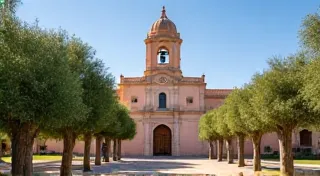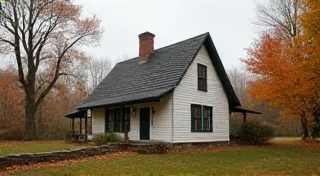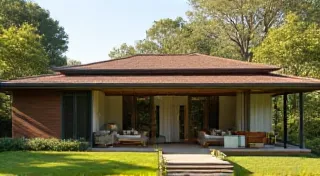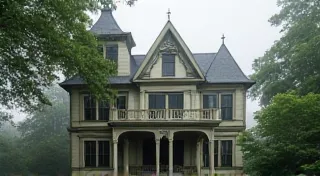Gothic Revival in New England: A Romantic Return to the Past
The mid-19th century witnessed a significant architectural trend sweeping across the Western world: the Gothic Revival. While originating in England as a response to the perceived excesses of Neoclassicism, it rapidly gained traction in America, and nowhere was its influence more profound and distinctly regional than in New England. This wasn't merely a stylistic imitation; it was a romantic embrace of a perceived medieval past, imbued with New England values and adapted to the American landscape. This article explores the key characteristics of Gothic Revival architecture in New England, detailing its impact on religious and educational buildings, and examining the factors that shaped its unique expression. The movement’s appeal extended far beyond New England, of course, and architects across the nation sought to evoke similar feelings of grandeur and history, albeit with varying degrees of success and regional adaptation.
A Yearning for the Medieval
The Gothic Revival movement emerged as a reaction against the rigid formality of Neoclassical architecture, which had dominated the early 19th century. Romanticism, with its emphasis on emotion, individualism, and a fascination with the medieval period, provided fertile ground for the movement’s growth. New Englanders, with their deep historical roots and a strong sense of tradition, found particular resonance in the perceived virtues of medieval society – piety, community, and craftsmanship. They sought to emulate the grandeur of cathedrals and collegiate buildings, envisioning them as symbols of enduring faith and learning. The desire to connect with a sense of history and tradition wasn't unique to New England; architects across the country looked for ways to imbue their designs with a sense of timelessness, drawing inspiration from various historical styles and adapting them to local conditions. For instance, the practical and resilient designs of Midwestern Farmhouse Architecture demonstrate a similar desire to connect with a perceived past and create structures that reflect enduring values.
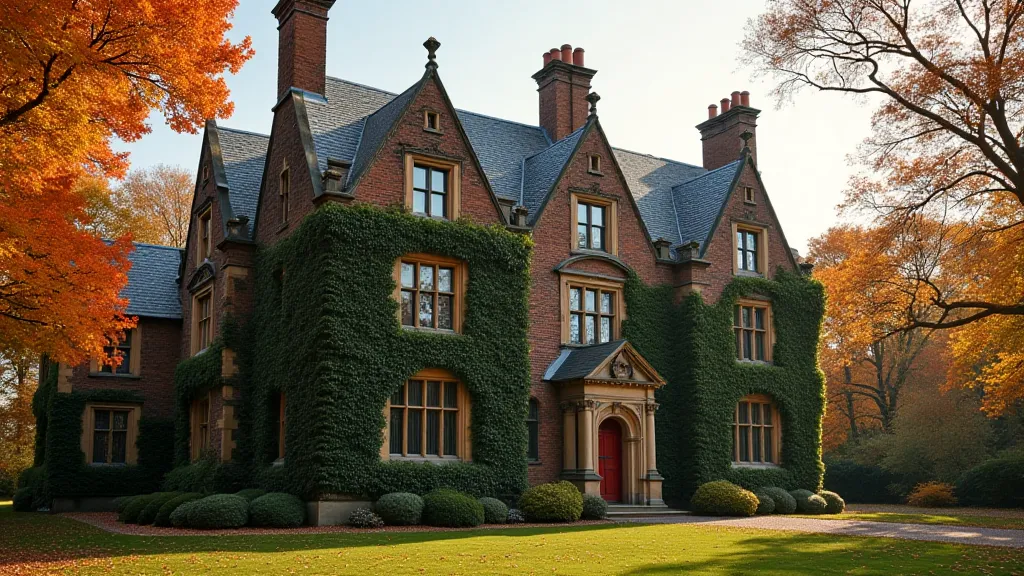
Key Architectural Elements
While adhering to the core principles of Gothic architecture, New England architects cleverly adapted the style to suit local conditions and tastes. Here’s a breakdown of prominent features:
- Pointed Arches: Perhaps the most iconic feature of Gothic architecture, pointed arches replaced the rounded arches of earlier styles. They offered greater height and a sense of verticality, which was particularly impactful in the imposing structures of New England.
- Ribbed Vaults: These intricate, reinforced ceilings, common in medieval cathedrals, were incorporated into New England buildings, although often simplified compared to their European counterparts. The technical innovation behind ribbed vaults – allowing for greater spans and lighter structures – was a key driver of Gothic architecture’s development and influenced architectural trends far beyond Europe.
- Flying Buttresses: While structurally vital in allowing for tall, thin walls in European cathedrals, flying buttresses in New England were frequently more decorative, sometimes appearing as engaged buttresses rather than true flying supports. The necessity for structural support, and the creative solutions employed by medieval architects to achieve soaring heights, represents a fascinating chapter in architectural history.
- Steeply Pitched Roofs: The New England climate, with its heavy snowfall, influenced roof designs, leading to steeper pitches than typically seen in European Gothic Revival. This practical adaptation underscores how architectural styles are never simply aesthetic choices, but are frequently shaped by environmental factors.
- Ornamentation: New England Gothic Revival often incorporated elaborate stone tracery, stained glass windows depicting biblical scenes or local landscapes, and sculptural details inspired by medieval motifs. The details of the ornamentation – the gargoyles, the intricate stone carvings – were not merely decorative; they often carried symbolic meaning, reflecting religious beliefs or social values.
- The incorporation of vernacular building techniques and readily available materials, such as granite and brownstone, was also critical. This process mirrors the creative adaptation seen in the Shotgun Houses of the Southern United States, where builders responded to climate and available resources to create uniquely American structures.
Beyond New England: Regional Variations
The Gothic Revival’s influence resonated across the nation, but its expression was invariably shaped by local conditions. In the South, a warmer climate allowed for different approaches to roofing and window design compared to the often-snowy landscapes of New England. The blending of architectural traditions and building materials created a rich tapestry of regional variations. The adaptation of styles, like the prevalence of Dutch Colonial Architecture in New York, is a testament to the ongoing interplay between imported traditions and local circumstances.
Religious and Educational Institutions
The Gothic Revival found its most prominent expression in the construction of churches and universities. The desire to project an image of timeless faith and intellectual rigor led many denominations to embrace the style. Prominent examples can be found throughout New England:
- Universities: Yale University, Brown University, and Dartmouth College are just a few examples of institutions that extensively utilized Gothic Revival architecture. Their campus buildings aimed to convey a sense of academic prestige and historical continuity. The focus on projecting an image of historical continuity and academic prestige is similar to approaches taken in other regions; exploring Prairie School architecture, for example, reveals how architects in the Midwest sought to create a distinct regional identity through design.
- Churches: Numerous churches, from Episcopalian cathedrals to Congregational meeting houses, adopted the style, seeking to inspire awe and reverence.
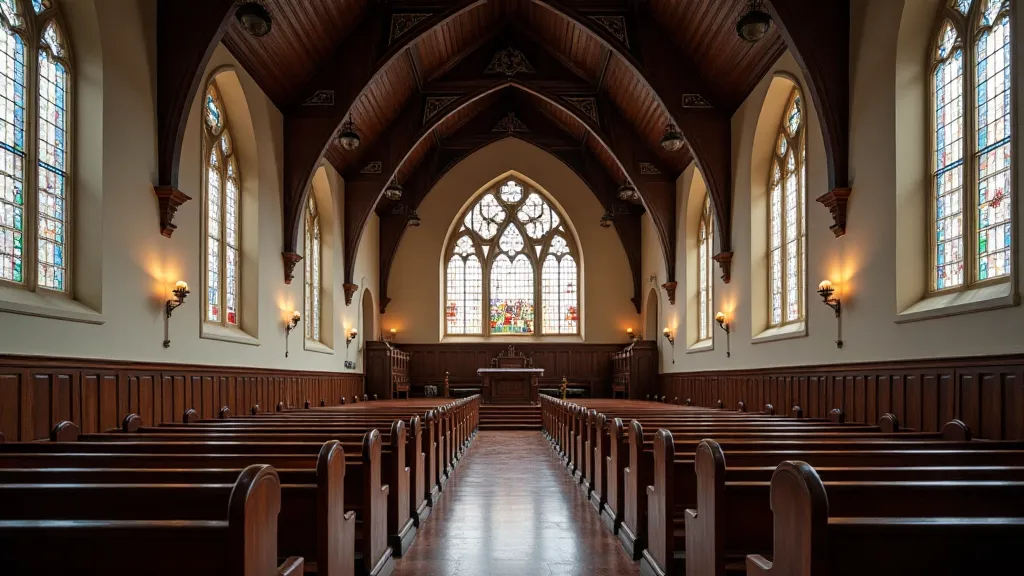
Regional Adaptations & Lasting Legacy
While drawing heavily from European Gothic precedents, New England architects weren't slavish copyists. They adapted the style to utilize readily available materials – primarily granite and brownstone – and to harmonize with the surrounding landscape. The often-smaller scale of New England structures compared to their European counterparts also contributed to a distinct regional character. The emphasis on sturdy construction and practical design remained paramount. The blending of architectural influences extended beyond purely aesthetic considerations; it reflected a broader cultural exchange and adaptation process, mirroring the unique blend of influences seen in French Colonial Architecture in Louisiana, where European traditions intertwined with Creole culture.
The legacy of Gothic Revival in New England is undeniable. It shaped the skylines of countless towns and cities, providing a visual embodiment of enduring values and a tangible link to a romanticized past. These buildings stand as testaments to the power of architectural style to convey meaning, inspire awe, and shape a regional identity. The creative reinterpretation of historical styles, seen in the rise of the Gothic Revival and other movements, reveals the dynamism and innovation of 19th-century American architecture. The process of incorporating local materials and construction techniques, essential to the New England Gothic Revival, underscores the broader theme of cultural adaptation that defines American architectural history.
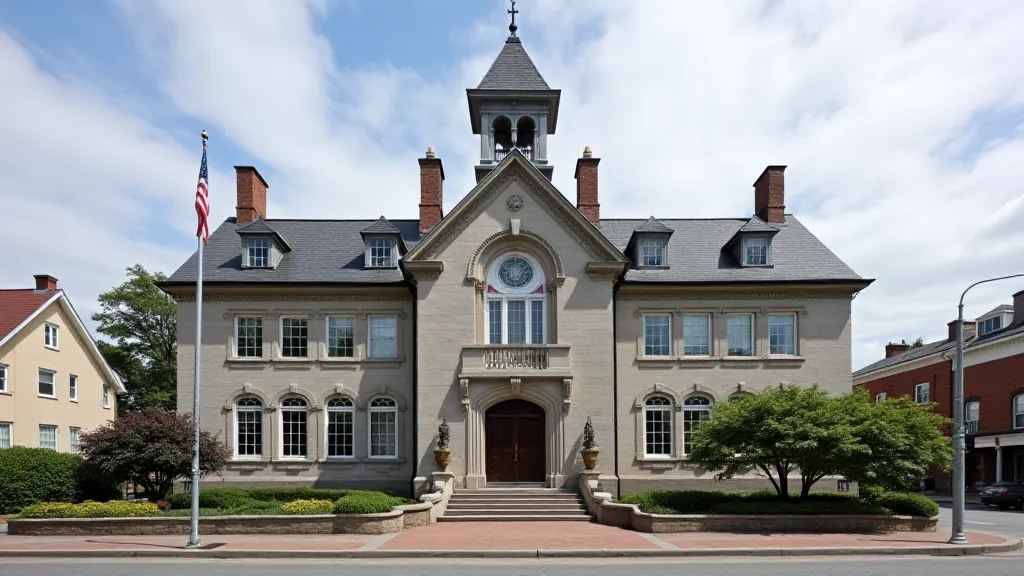
The Broader Context of American Architectural Styles
The rise of the Gothic Revival was part of a larger movement of architectural experimentation in 19th-century America. While Neoclassicism had dominated earlier decades, the Romantic era brought with it a renewed interest in historical styles. From the revival of Greek temples to the adoption of Italianate villas, American architects were seeking to define a unique national identity through architectural expression. The embrace of the Gothic Revival, particularly in New England, reflected a desire to connect with European heritage while also forging a distinctively American aesthetic. Understanding the Gothic Revival requires acknowledging its place within this broader context of stylistic exploration and regional differentiation. The creative reinterpretation of historical styles, seen in the rise of the Gothic Revival and other movements, reveals the dynamism and innovation of 19th-century American architecture.
Further Exploration: Regional Variations and Continuing Influence
The Gothic Revival’s influence extended beyond New England, though its expression often varied depending on regional materials, climate, and cultural preferences. While New England’s granite and brownstone produced a robust and imposing style, other regions adapted the Gothic Revival to suit their own unique circumstances. Studying the influence of the Gothic Revival in other parts of the country provides a broader perspective on its impact and enduring legacy.
The legacy of the Gothic Revival, and the broader movement of architectural revivalism, continues to inspire designers and architects today. While contemporary buildings rarely replicate historical styles directly, the principles of proportion, ornamentation, and the integration of natural materials remain relevant. The enduring appeal of Gothic forms lies in their ability to evoke a sense of grandeur, history, and spiritual significance—qualities that transcend specific time periods and cultural contexts. Further study into the diverse architectural landscapes of America can offer valuable insights into the forces that have shaped our built environment.

